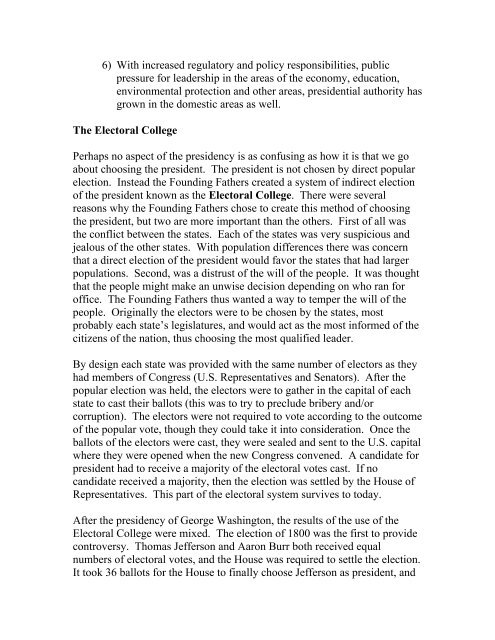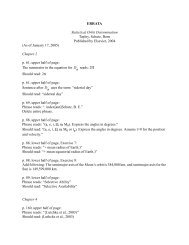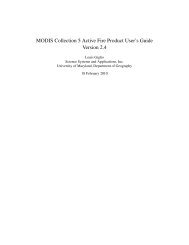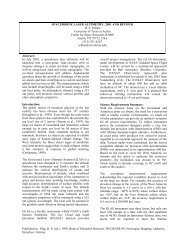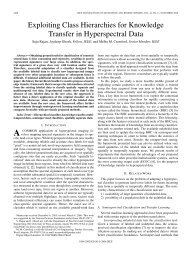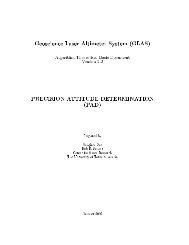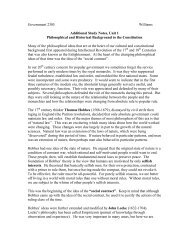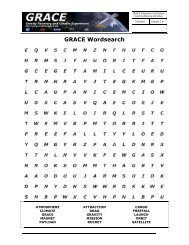Unit 3 Lecture Notes (PDF format)
Unit 3 Lecture Notes (PDF format)
Unit 3 Lecture Notes (PDF format)
- No tags were found...
You also want an ePaper? Increase the reach of your titles
YUMPU automatically turns print PDFs into web optimized ePapers that Google loves.
6) With increased regulatory and policy responsibilities, public<br />
pressure for leadership in the areas of the economy, education,<br />
environmental protection and other areas, presidential authority has<br />
grown in the domestic areas as well.<br />
The Electoral College<br />
Perhaps no aspect of the presidency is as confusing as how it is that we go<br />
about choosing the president. The president is not chosen by direct popular<br />
election. Instead the Founding Fathers created a system of indirect election<br />
of the president known as the Electoral College. There were several<br />
reasons why the Founding Fathers chose to create this method of choosing<br />
the president, but two are more important than the others. First of all was<br />
the conflict between the states. Each of the states was very suspicious and<br />
jealous of the other states. With population differences there was concern<br />
that a direct election of the president would favor the states that had larger<br />
populations. Second, was a distrust of the will of the people. It was thought<br />
that the people might make an unwise decision depending on who ran for<br />
office. The Founding Fathers thus wanted a way to temper the will of the<br />
people. Originally the electors were to be chosen by the states, most<br />
probably each state’s legislatures, and would act as the most informed of the<br />
citizens of the nation, thus choosing the most qualified leader.<br />
By design each state was provided with the same number of electors as they<br />
had members of Congress (U.S. Representatives and Senators). After the<br />
popular election was held, the electors were to gather in the capital of each<br />
state to cast their ballots (this was to try to preclude bribery and/or<br />
corruption). The electors were not required to vote according to the outcome<br />
of the popular vote, though they could take it into consideration. Once the<br />
ballots of the electors were cast, they were sealed and sent to the U.S. capital<br />
where they were opened when the new Congress convened. A candidate for<br />
president had to receive a majority of the electoral votes cast. If no<br />
candidate received a majority, then the election was settled by the House of<br />
Representatives. This part of the electoral system survives to today.<br />
After the presidency of George Washington, the results of the use of the<br />
Electoral College were mixed. The election of 1800 was the first to provide<br />
controversy. Thomas Jefferson and Aaron Burr both received equal<br />
numbers of electoral votes, and the House was required to settle the election.<br />
It took 36 ballots for the House to finally choose Jefferson as president, and


